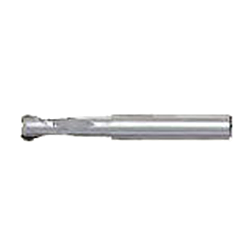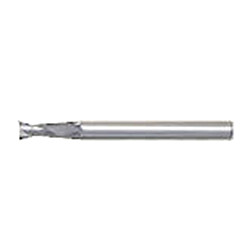(!)Due to
Microsoft's end of support for Internet Explorer 11 on 15/06/2022, this site does not support the recommended
environment.
Instead, please kindly use other browsers like Google Chrome, Microsoft Edge or Mozilla
Firefox.
- Notice of End of Sales for Economy Series Pneumatic Equipment Category. More details.
Key issues when milling aluminum alloy
Question
What are the key issues when milling aluminum alloy?
[Example work material]
A2017, A5052, A6061, A7075
Answer
Properties of aluminum alloy
Aluminum alloy is generally soft and therefore has good machinability, but due to its
characteristics of having a low material melting point and a high level of ductility it has the
disadvantage of being prone to adhering to the finish and the tool, and burrs occur
easily.
High silicon aluminum alloy is a difficult-to-cut material because the contained crystalline
silicon accelerates progressive tool wear, and various measures must be taken to address this
when cutting the material.
![[Properties of aluminum]](/tech-info/categories/machine_processing/mp01/img/b0005/b0005_01.png)
■ Material hardness: the higher the value, the harder the material
■ Thermal conductivity: the higher the value, the higher the thermal conductivity
■ Work hardenability: the higher the value, the more easily the material is hardened
■ Ductility: the higher the value, the more ductile the material
■ Abrasive particle content: the higher the value, the more rapid the tool wears
Key issues when selecting tools
Tools that have a sharp cutting edge with a positive rake angle and a spacious
area for cutting chip discharge are suited to this material.
The use of cutters with a negative rake angle results in considerable adhesion to the cutting
edge, making milling difficult, as well as problems such as the deterioration of surface
smoothness caused by built-up edges and failure to obtain required milling accuracy.
Select a tool that minimizes cutting temperature and has a smoother rake surface to ensure that
cutting chips are ejected smoothly. Tools with diamond or DLC coatings have a low coefficient of
friction and reduces the likelihood of adhesion, which are very effective.
Key issues when selecting a machining method
The basic approach to cutting aluminum alloy is to use a high cutting speed, and
coolants are sometimes used to cool the cutting edge. Depending on the type of coolant used, a
chemical reaction may occur between the coolant and the aluminum alloy and lead to changes in
the composition of the workpiece surface, so care should be taken when selecting a coolant.
Under suitable cutting conditions, tools with DLC coatings enables machining with an air blower
instead of coolant, which is also environmentally friendly.
When cutting high silicon aluminum alloy, take cutting conditions of tool wear into account. For
example, when roughing, using high-speed cutting is an effective approach.
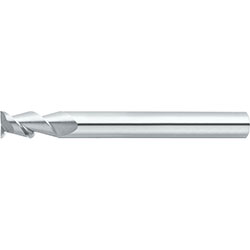
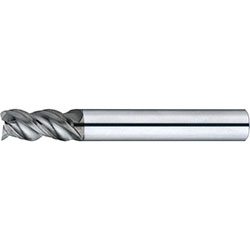
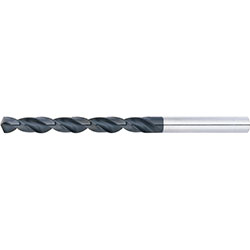
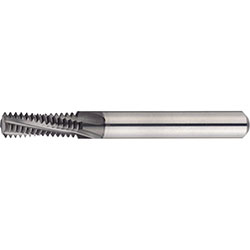
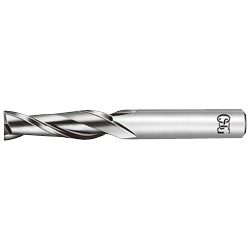
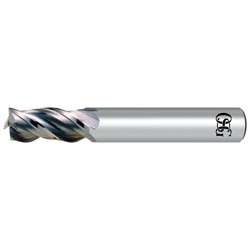
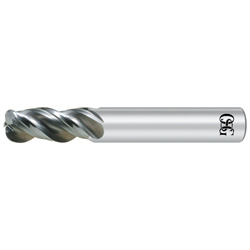
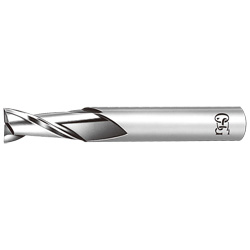
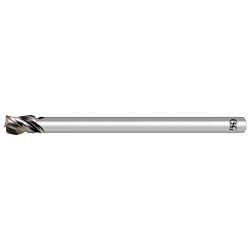
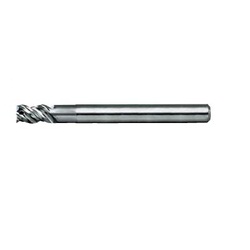
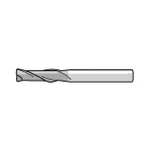
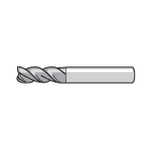
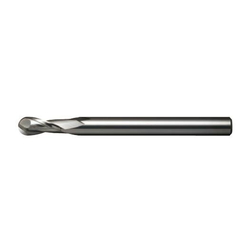
![AZS 3-Flute Long Neck Square for Aluminum Processing [Alteration Supported Product]](/tech-info/categories/machine_processing/mp01/img/b0005/b0005_15.jpg)
![CAS, 2-Flutes Square for Aluminum Processing [Alteration Supported Product]](/tech-info/categories/machine_processing/mp01/img/b0005/b0005_16.png)
